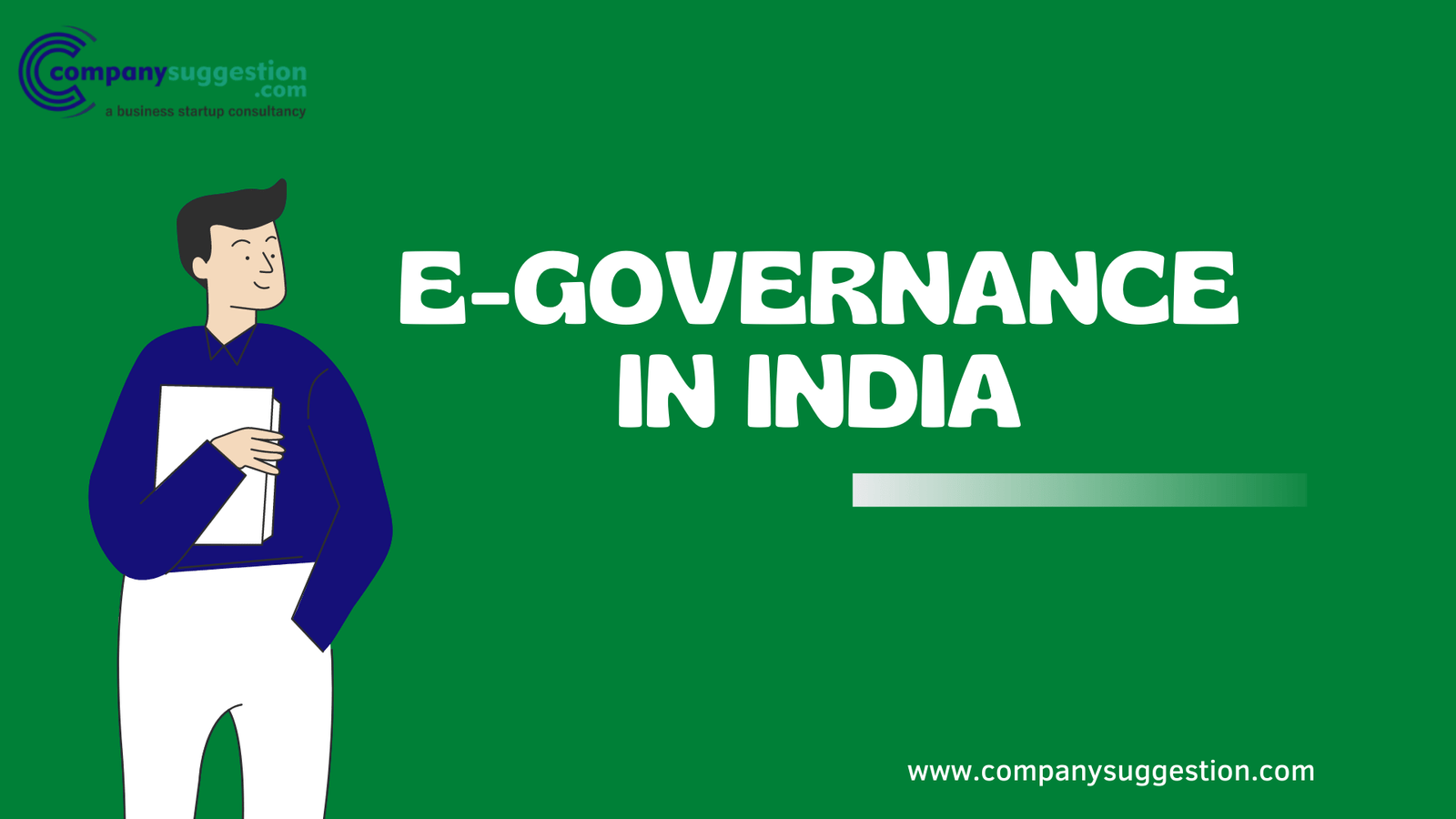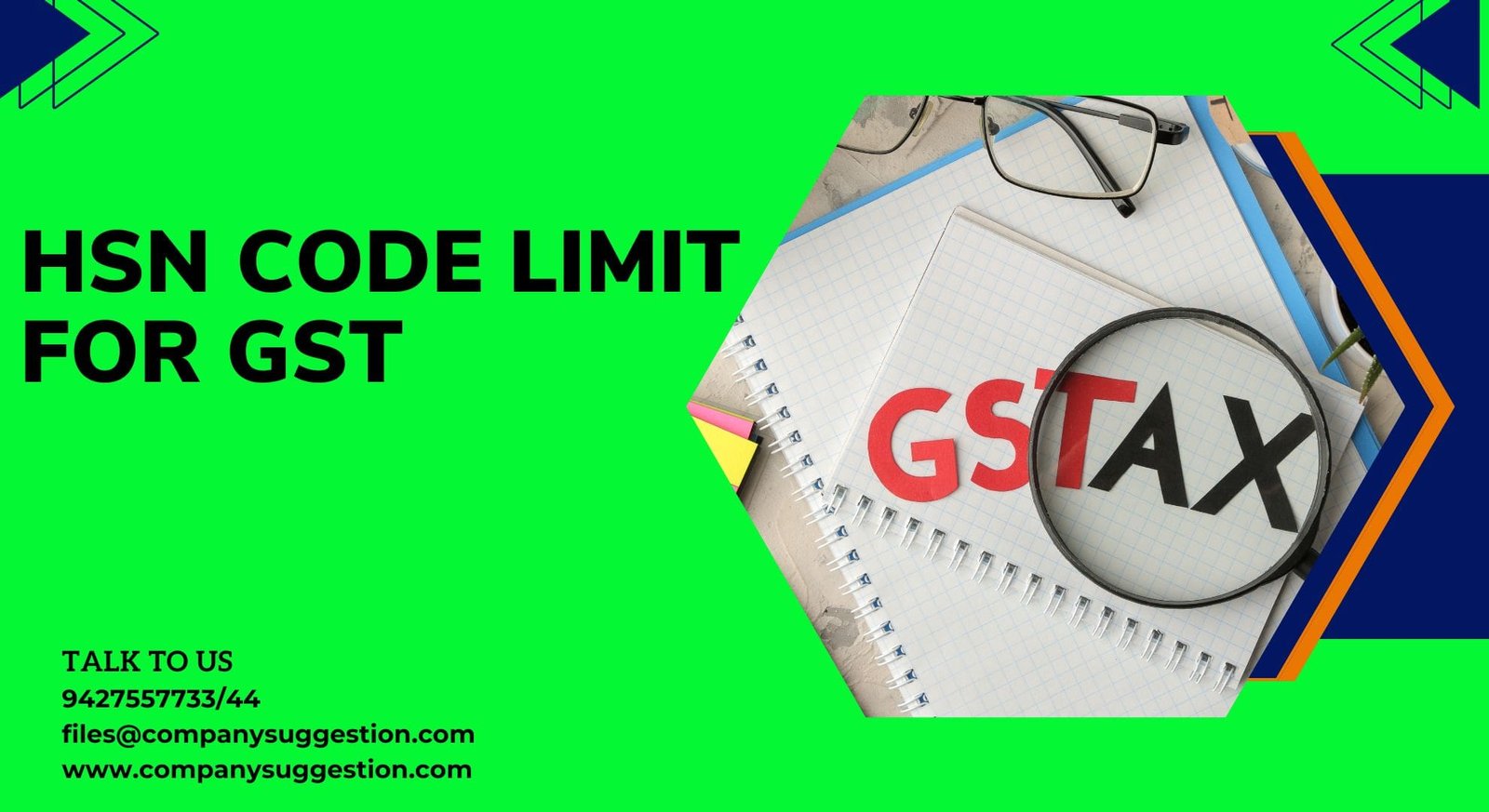E-Governance in India :
Introduction:
The application of information technology and communication for the purpose of governance is commonly known as e-governance. Through e-governance, information can be distributed to the public in a transparent manner.
What is E-Governance?
Electronic governance or e-governance is adopted by countries across the world. In a fast-growing and demanding company like India, e-governance has become essential. The rapid growth of digitalization has lead to many governments across the globe to introduce and incorporate technology into governmental processes. Electronic governance or e-governance can be defined as the usage of Information and Communication Technology (ICT) by the government to provide and facilitate government services, exchange of information, communication transactions and integration of various standalone systems and services.
It makes the whole administrative process convenient, efficient, transparent, fully accountable and responsible. As a fast-growing economy and an emerging world leader, E-Governance is a must in country like India, both in Government and corporate sector.
Types of transactions in E-Governance
E-Governance can take place in four major types of interactions, apart from the processes and interaction in the back-office, within the government framework:
- Government to Government (G2G):
Information is exchanged with the government i.e., either, between the central government, state government and local governments or between different branches of the same government.
- Government to citizen (G2C):
The citizens have a platform through which they can interact with the government and get access to the variety of public services offered by the Government.
- Government to businesses (G2B):
The businesses are able to interact with the government seamlessly with respect to the services of the government offered to businesses.
- Government to employees (G2E):
The interaction between the government and its employees occurs in an efficient and speedy manner.
Advantages of E-Governance:
There are some following advantages of E-Governance:
- Speed– Technology makes communication swifter. Internet, smart phones have enables instant transmission of high volumes of data all over the world.
- Saving cost– A lot of Government expenditure goes towards the cost of buying stationary for officially purposes. Letters and written records consume a lot of stationery. However, replacing them with smart phones and the internet can saves crores of money in expenses every year.
- Transparency– The use of e-governance helps make all functions of the business transparent. All Governmental information can be uploaded onto the internet. The citizens access specifically access whichever information they want, whenever they want it, at their convenience.
- Accountability-Transparency direct links to the accountability. Once the functions of the government are available, we can hold them accountable for their actions.
Disadvantages of E-Governance:
- High set-up cost and technical difficulties- Technology has its disadvantages as well. Specifically, the setup cost is very high and the machines have to be regularly maintained. Often, computers and internet can also break down and put a dent in governmental work and services.
- Illiteracy- A large number of people in India are tech-illiterate and do not know how to operate computers and smart phones. E-governance is very difficult for them to access and understand.
- Loss of interpersonal communication- The main disadvantage of e-governance is the loss of interpersonal communication. Interpersonal communication is an aspect of communication that many people consider vital.
- Cyber-crime leakage of personal information- There is always the risk of private data of citizens stored in government serves being stolen. Cybercrime is a serious issue, a breach of data can make the public lose confidence in the Government’s ability to govern the people.
E-Governance portal of India
The Indian e-governance portal is https://nceg.gov.in. On this portal one can get comprehensive information regarding the National conference on e-governance and reports on earlier conferences.
Additionally, the portal provides links to the following important pages:
- Digital India
- National portal of India: It is developed to provide access to information and services being provided by the government.
- PM India website: It provides information relating to the Prime minister office.
- United Nations e-governance website.













